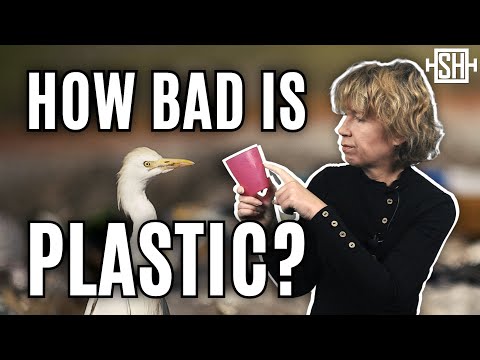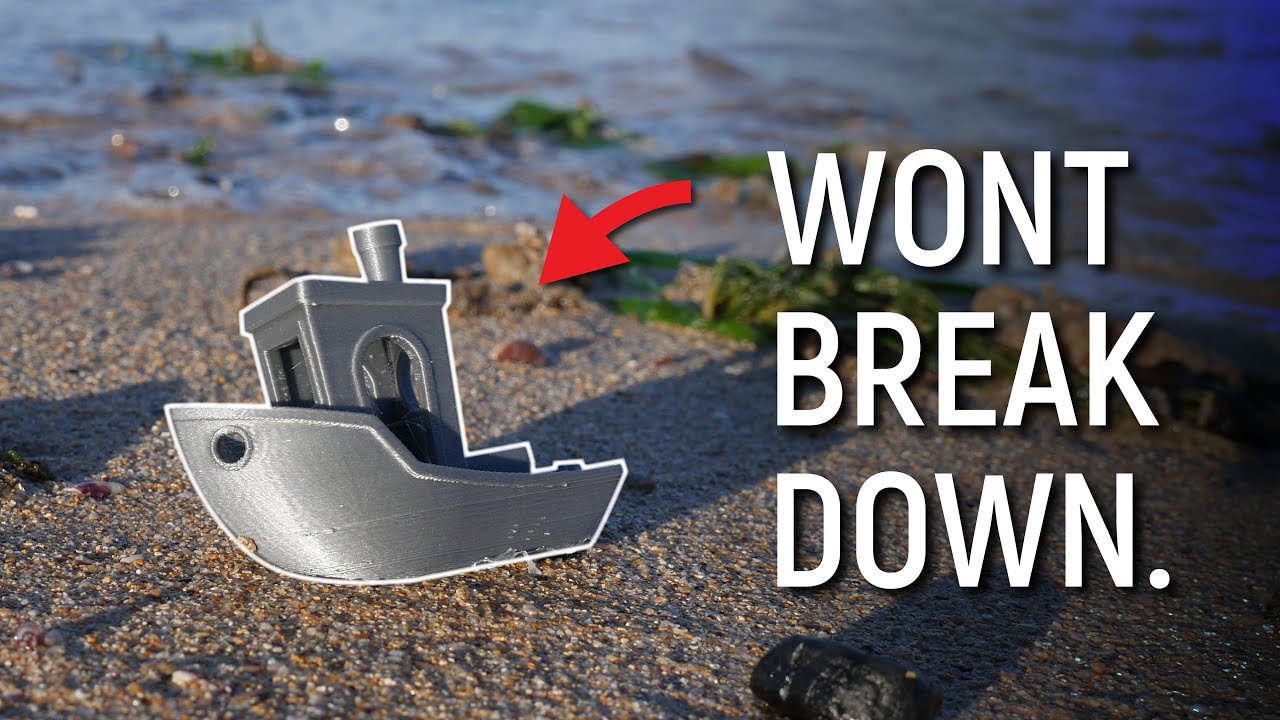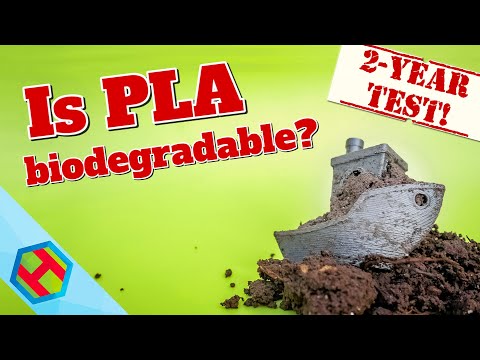After experimenting with a number of different filament materials I settled on PLA because it is supposed to be "biodegradable". However, many YT videos claim PLA is only biodegradable under certain conditions which normally do not occur in nature.
Everyone who designers and prints prototypes and models with a 3D printer will generate plastic waste. This is a concern to me. As an avid scuba diver who has completed over 500 ocean dives worldwide, I have seen a lot of disgusting plastic underwater, on the surface and on the bottom, and on coral reefs. I have seen hawksbill turtles with plastic hanging outside of their mouth; and I have seen creatures trapped in the waste from plastic-fiber nets.
I thought PLA was going to mitigate this problem; but honestly that does not seem to be the case, especially since most modern PLA filament contains additives (PLA+, PLA-F) which the filament manufactures do not disclose (working on being competitive in the marketplace).
Here is a recent video by physicist-youtuber Sabine Hossenfelder where she does a good job of discussing this problem.
It's not a very nice feeling to have recently become an avid 3D printer only to be reminded how much damage plastic does to our planet and the fact that PLA filament is not actually biodegradable in nature as it has been advertised and marketed.
We need to research more into how to recycle this 3D plastic filament waste and turn it into filament which we can reuse.
Now, since learning PLA is not as biodegradable as we were told, when I generate a "throw-away" prototype on my printer or have a print failure, there is a feeling of guilt that my new found zeal for 3D printing has a negative impact on the environment.
If 3D printing enthusiasts were totally honest with themselves, between prototyping and print failures, most people probably generate more plastic waste than they actually use after printing successful models.


